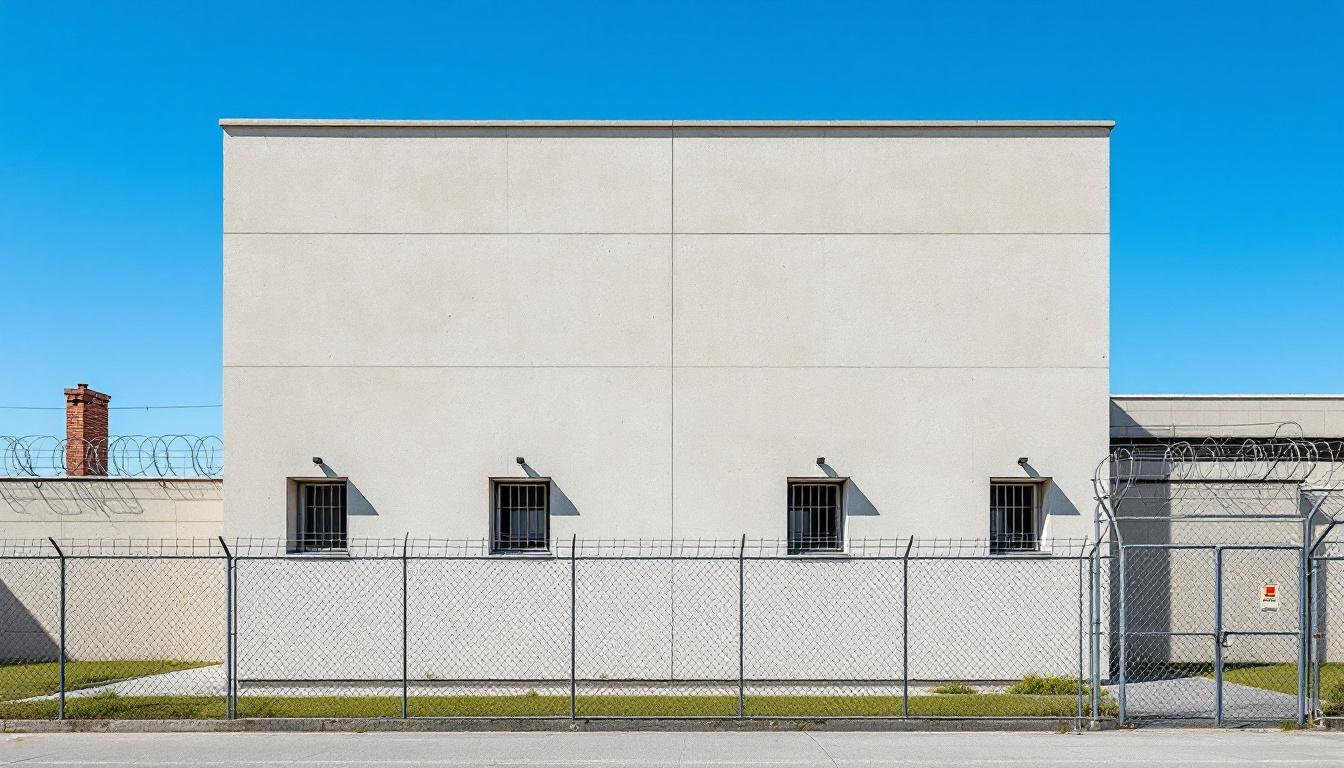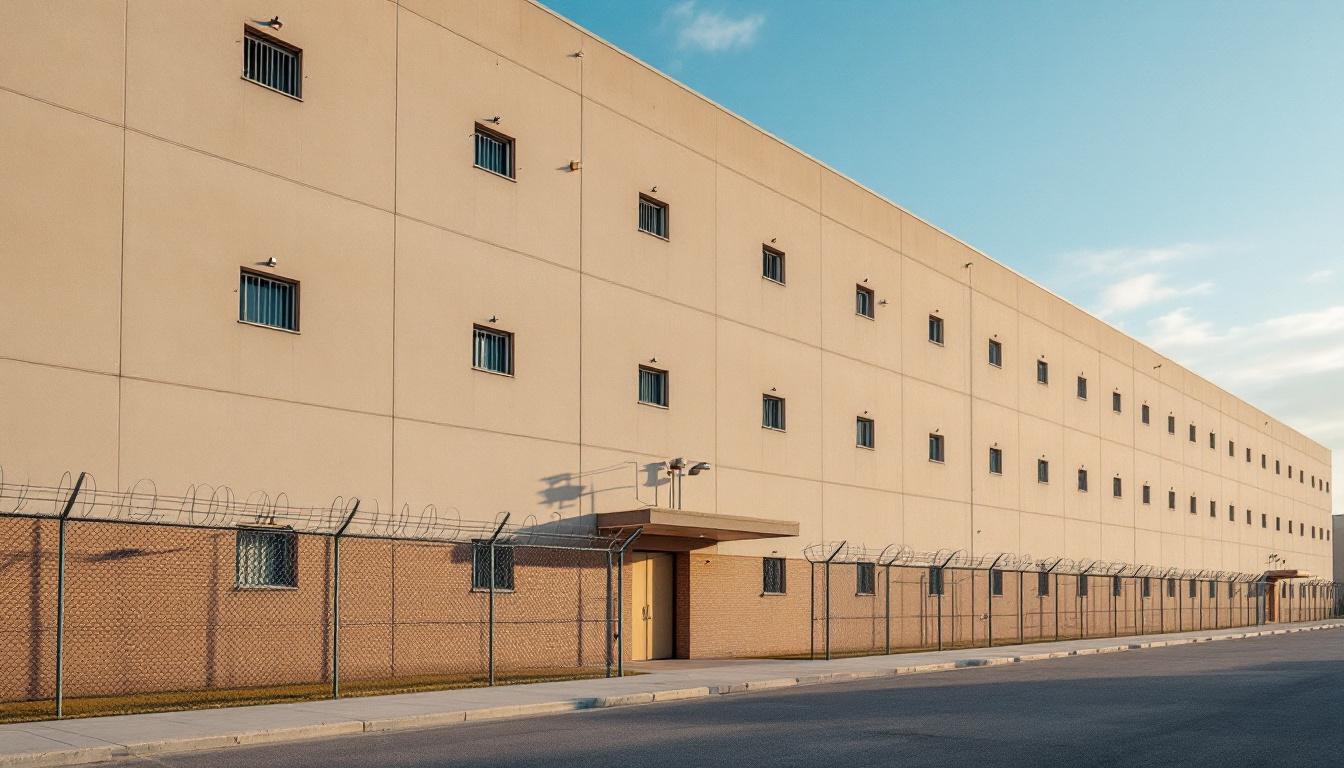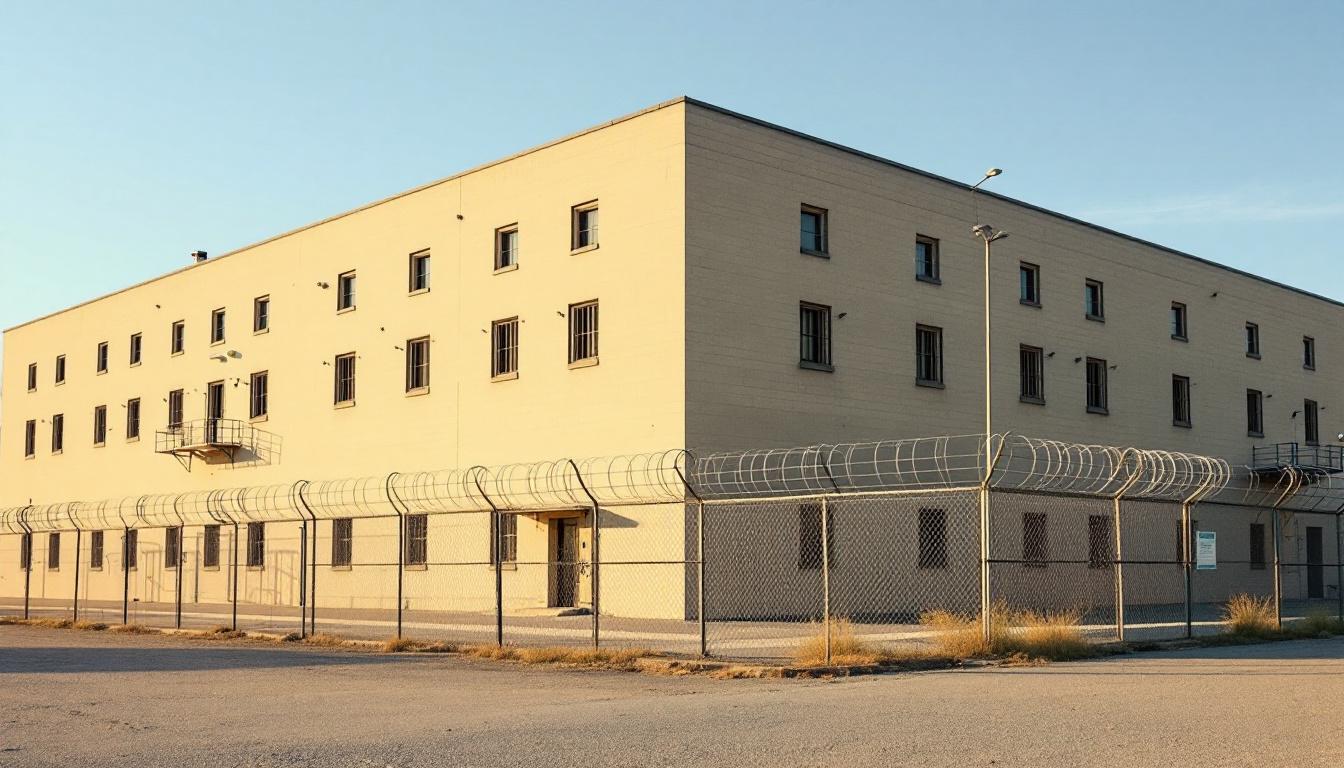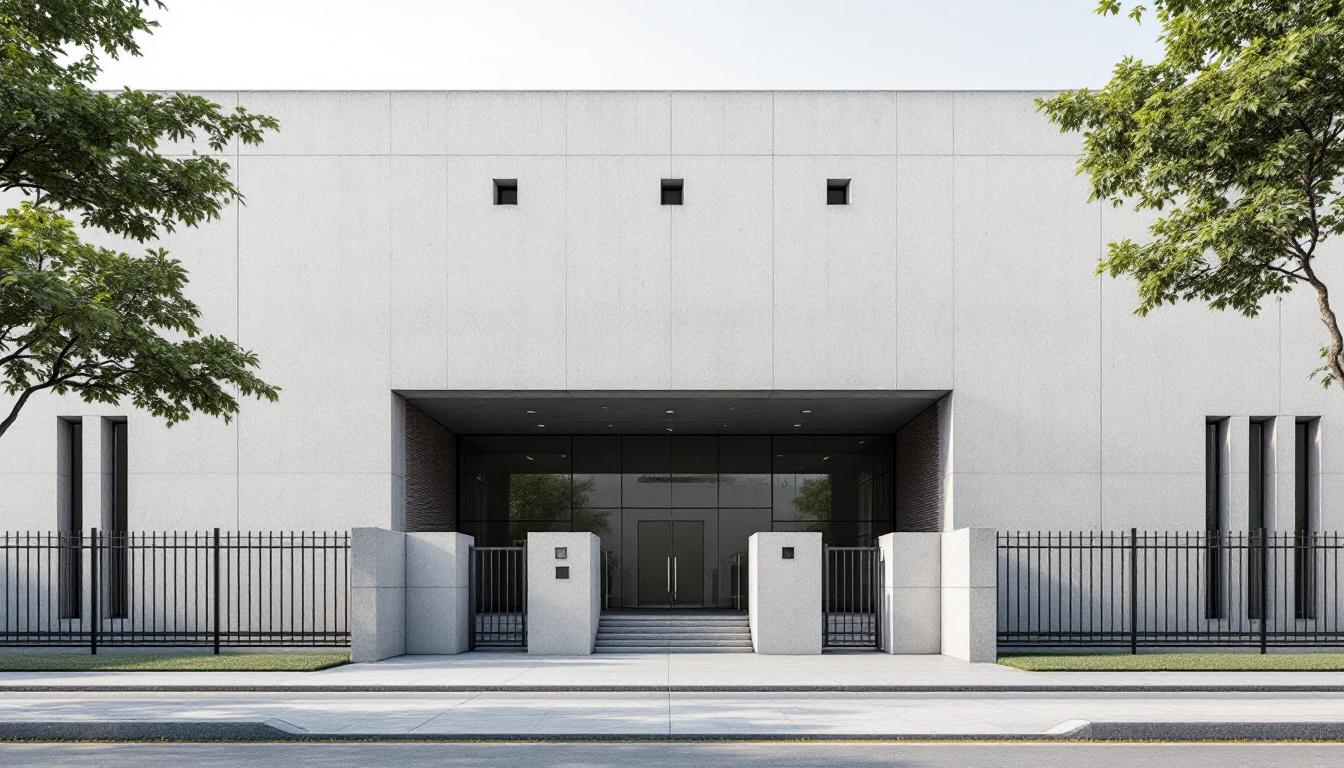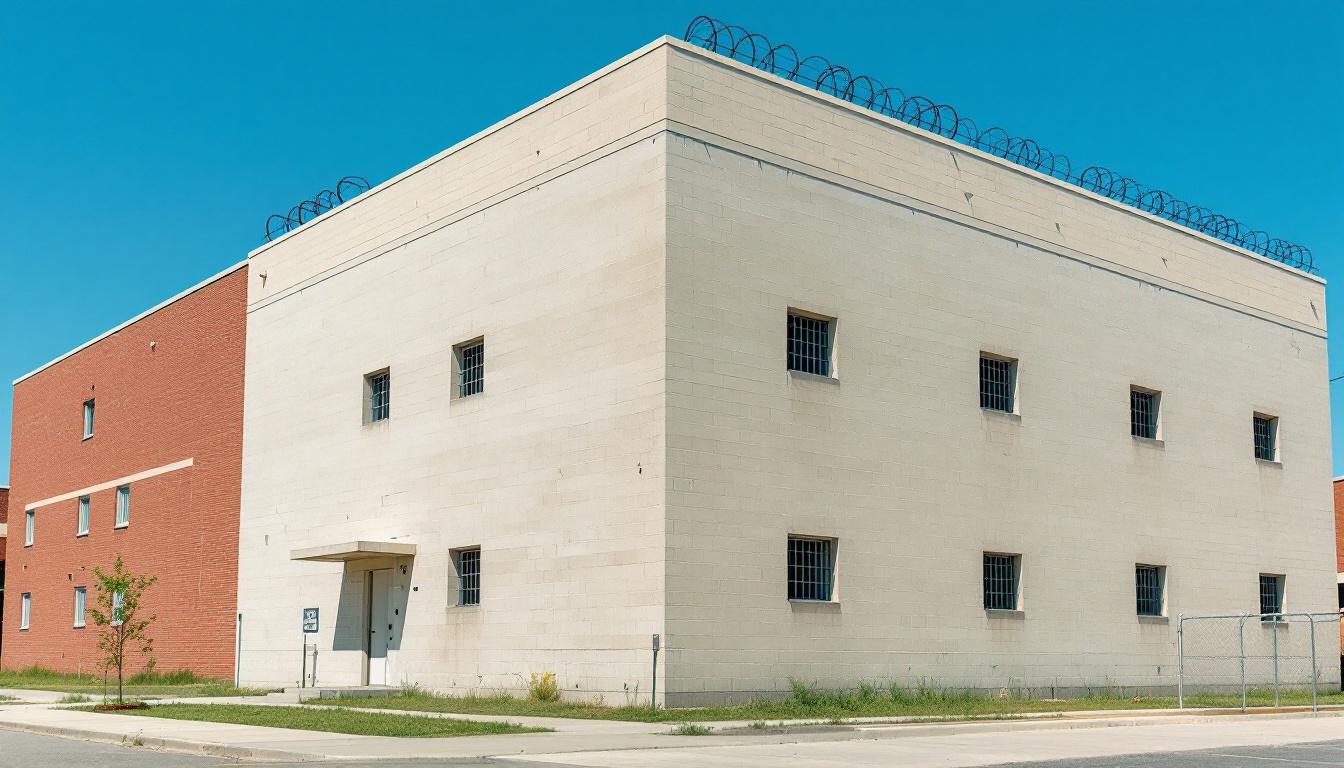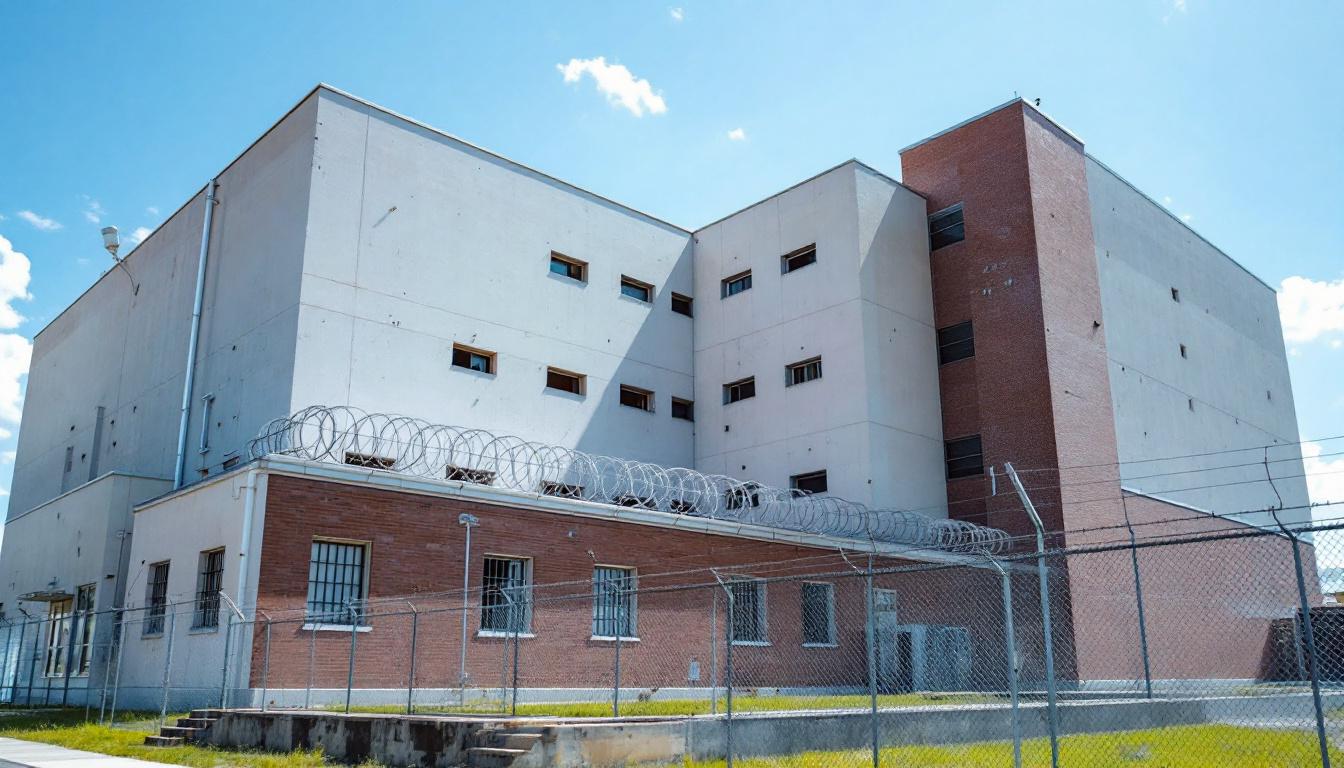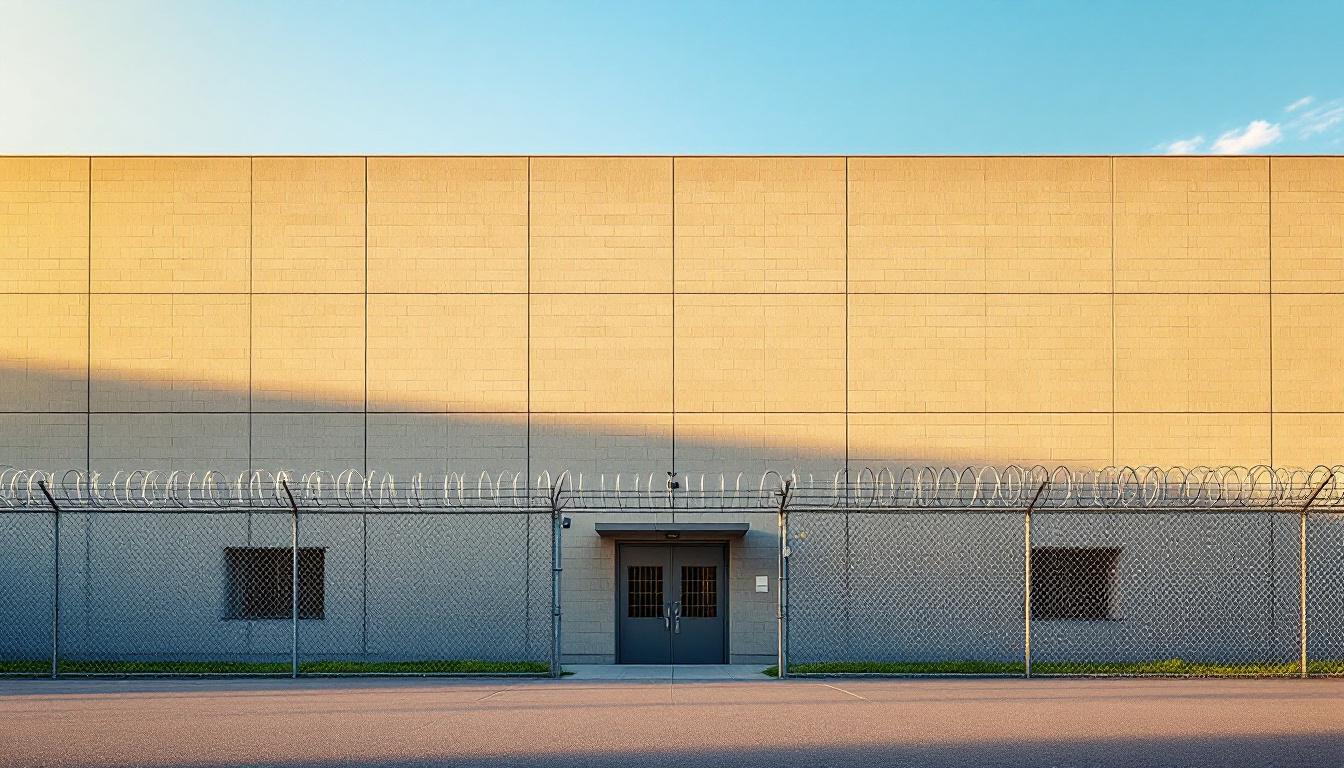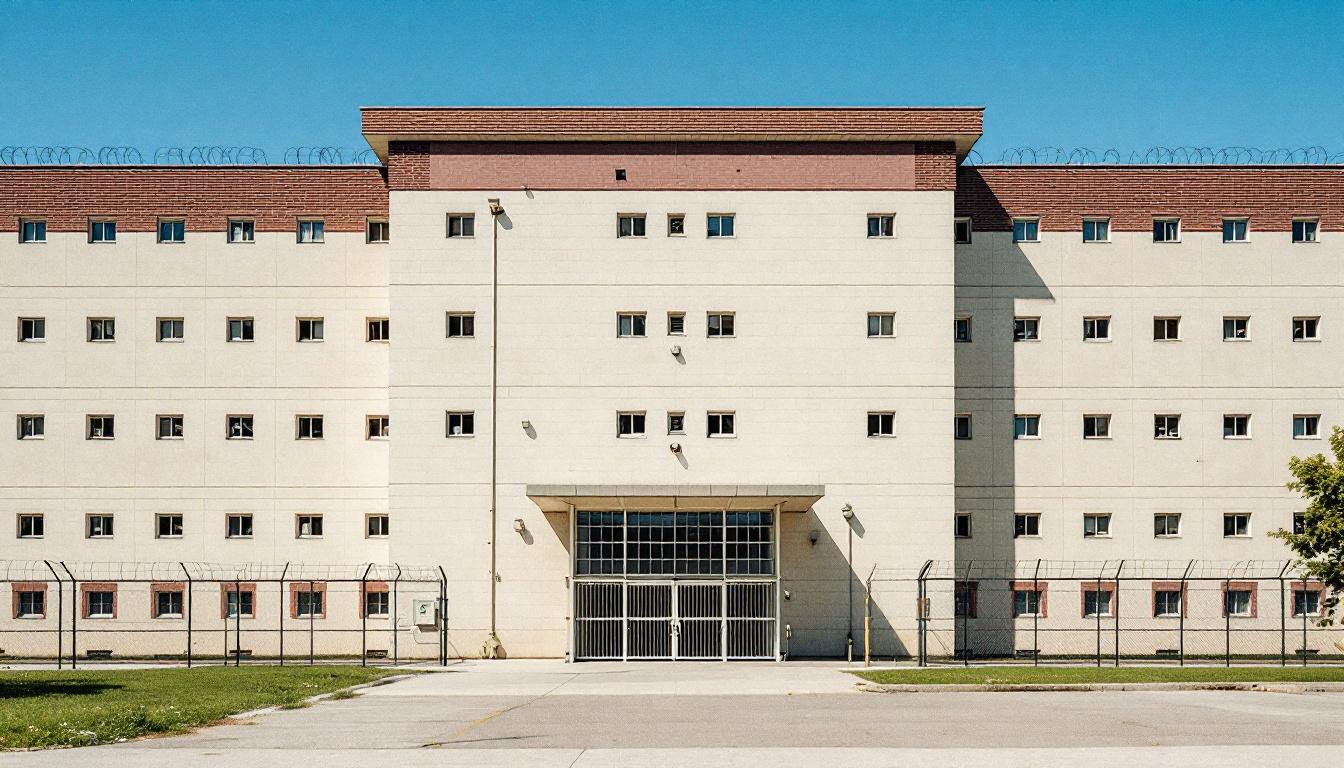
Quick Navigation
How to contact an inmate at Cook County Department of Corrections
This comprehensive guide will walk you through how to connect with an inmate at Cook County Department of Corrections. Follow the steps below to find an inmate and send letters and photos:
- Search for the inmate using our search tool below
- Create your account or log in to Penmate
- Write your message (up to 6,000 characters)
- Send instantly - inmates receive printed copies daily
Find an Inmate
Search for an inmate to start communicating today
Tip: You can search by first name, last name, or inmate ID number
To contact a person at Cook County Department of Corrections start by searching for the person on the official facility website. Perform a search by following these steps:
- Step 1: Enter their first name and last name into the search form and click "Search"
- Step 2: Locate their inmate record
- Step 3: Write down their Inmate ID and any housing information provided
Important! Be sure to enter the person's full name. Nicknames should not be used.
How to Send Messages to Inmates

You can use your phone or computer to send emails, letters, and photos to an inmate. Messages are sent electronically to inmate tablets or kiosks at the facility. If you would like to send a message, start by searching for an inmate at Cook County Department of Corrections.
Sending Photos and Postcards

A great way to send love and support to a loved one at Cook County Department of Corrections is to send photos and postcards. It only takes a few minutes to send photos from your phone and it makes a huge difference. You can also mail postcards with words of support and inspiration, or design your own postcard for special moments like birthdays and holidays.
Important! Be sure not to send any explicit photos or they may not be approved by the facility. You can also use a photo printing app like Penmate to make sure your photos are printed at the correct size (4x6 or 3x5) and are mailed according to the rules and regulations of Cook County Department of Corrections.
Frequently asked questions about Cook County Department of Corrections
-
How long does it take to deliver a message?
If you're sending an email message your letter is usually delivered within 24-48 hours. For messages sent via mail you should expect delivery within 3-7 days. All messages will need be approved by Cook County Department of Corrections.
-
How much does it cost to send a message to Cook County Department of Corrections?
You can send a message free using your phone or mail a message via USPS for the price of a $0.60 stamp and envelope. You can also purchase credits or e-stamps from services starting at $1.99.
-
What services can I use to contact an inmate at Cook County Department of Corrections?
Penmate
You can use Penmate to send letters and photos to an inmate from your phone. It's an easy way to stay in touch during your loved one's incarceration. Use the inmate locator to find an inmate's location and contact information, then you can send messages within a few minutes.
Securus messaging
Securus may be another option for communicating with an inmate at Cook County Department of Corrections. You can create a friends and family account and purchase credits to send messages. All messages will be reviewed and must be approved by the facility.
JPay
Some county jails and state prisons may support sending messages with JPay. You must register an account with the system, find your loved one, and purchase stamps to send messages. For some locations you can also attach photos.
Smart Jail Mail
You may also check if Smart Jail Mail is available at Cook County Department of Corrections. Smart Jail Mail is operated by Smart Communications and has contracted with some state and county jails. After purchasing credits, your messages and photos are sent to the facility, printed out, and then handed out to your loved one.
-
What is the mailing address of Cook County Department of Corrections?
Mailing address:
Cook County Department of Corrections
2700 S California Ave
Chicago, IL 60608
Phone: (773) 674-7100Business hours:
- Monday: Open 24 hours
- Tuesday: Open 24 hours
- Wednesday: Open 24 hours
- Thursday: Open 24 hours
- Friday: Open 24 hours
- Saturday: Open 24 hours
- Sunday: Open 24 hours
-
What are the visiting hours at Cook County Department of Corrections?
Visiting hours at Cook County Department of Corrections vary by housing unit and security level. Generally, visits are scheduled on weekends and holidays, with some facilities offering weekday visits. Contact the facility directly at (773) 674-7100 or check their website for the current visiting schedule. Visits typically last 30-60 minutes and must be scheduled in advance.
-
What items are prohibited when sending mail to Cook County Department of Corrections?
Prohibited items typically include: cash, personal checks, stamps, stickers, glitter, glue, tape, staples, paperclips, polaroid photos, musical or blank greeting cards, hardcover books, magazines with staples, and any items containing metal or electronics. Only send letters on plain white paper with blue or black ink. Photos must be printed on regular photo paper (no Polaroids). Always check with Cook County Department of Corrections for their specific mail policies.
-
How do I send money to an inmate at Cook County Department of Corrections?
You can send money to an inmate at Cook County Department of Corrections through several methods: 1) Online using JPay, Access Corrections, or the facility's approved vendor, 2) Money orders mailed directly to the facility with the inmate's name and ID number, 3) Kiosks located in the facility lobby, or 4) Over the phone using a credit or debit card. Fees vary by method, typically ranging from $2.95 to $11.95 per transaction.
-
Can I schedule a video visit with an inmate at Cook County Department of Corrections?
Many facilities now offer video visitation as an alternative to in-person visits. At Cook County Department of Corrections, video visits may be available through services like Penmate, Securus Video Connect, GTL, or ICSolutions. Video visits typically cost $10-20 for 20-30 minutes and must be scheduled in advance. You'll need a computer or smartphone with a camera and reliable internet connection. Contact the facility for their specific video visitation policies and approved vendors.
-
What identification do I need to visit an inmate at Cook County Department of Corrections?
All visitors must present valid government-issued photo identification such as a driver's license, state ID, passport, or military ID. Minors must be accompanied by a parent or legal guardian who can provide the minor's birth certificate. Some facilities require visitors to be on the inmate's approved visitation list, which may require a background check. Contact Cook County Department of Corrections for specific ID requirements and visitor approval procedures.
-
How can I find out an inmate's release date?
To find an inmate's release date at Cook County Department of Corrections, you can: 1) Use the online inmate search tool if available, 2) Call the facility's records department, 3) Contact the inmate's case manager or counselor, or 4) Have the inmate provide this information during a call or visit. For privacy reasons, some facilities only release this information to immediate family members.
Facility Overview
Contact Information
Cook County Department of Corrections2700 S California Ave
Chicago, IL 60608
Phone: (773) 674-7100
Official Website

About Cook County Department of Corrections
Community safety and successful reintegration drive the mission at Cook County Jail, IL, where comprehensive support systems work to break cycles of recidivism while serving the greater Chicago metropolitan area. This IL correctional facility operates as a crucial component in the region's justice system, typically housing individuals awaiting trial as well as those serving shorter sentences, with programs designed to address underlying factors that may contribute to criminal behavior. Through evidence-based approaches to rehabilitation, inmates services generally focus on educational opportunities, substance abuse treatment, mental health support, and job readiness training that prepare individuals for meaningful community participation upon release.
Located in the heart of Chicago, this county jail reflects the Midwest's commitment to progressive correctional practices that prioritize both accountability and second chances. The facility typically collaborates with local organizations to provide transitional support, helping individuals secure housing, employment, and ongoing treatment services that reduce the likelihood of reoffending. Programming may include vocational training aligned with regional job markets, family reunification services, and cognitive behavioral interventions that address decision-making patterns. By investing in rehabilitation rather than solely focusing on detention, the facility contributes to stronger neighborhoods throughout the Chicago area, creating pathways for individuals to become productive community members while enhancing overall public safety through reduced recidivism rates.
Programs & Services
Personal transformation through structured intervention forms the cornerstone of rehabilitative services at Cook County Jail, where inmates may access comprehensive programming designed to address underlying factors contributing to criminal behavior. The facility typically emphasizes a holistic approach to rehabilitation, recognizing that meaningful change requires addressing educational deficits, mental health challenges, and practical skill development simultaneously. Through carefully coordinated service delivery, the institution often provides inmates with opportunities to develop both cognitive and practical competencies essential for successful community reintegration.
Educational services frequently encompass foundational literacy instruction alongside computer literacy training, enabling inmates to acquire digital skills increasingly vital in contemporary employment markets. These academic interventions may include individualized learning plans that accommodate varying educational backgrounds and learning styles. Also, vocational programs typically offer hands-on training in practical trades and professional skills, providing inmates with marketable competencies that may enhance their employment prospects upon release. Such programming often emphasizes both technical proficiency and workplace readiness, including professional communication and problem-solving abilities.
Support services within the facility may include essential life skills training, such as laundry services instruction that teaches inmates practical domestic management capabilities. Also, mental health treatment services typically address psychological and emotional challenges through individual counseling, group therapy sessions, and psychiatric care when indicated. These therapeutic interventions often focus on developing healthy coping mechanisms, addressing substance abuse issues, and building emotional regulation skills that support long-term behavioral change and community stability.
Daily Life & Visitation
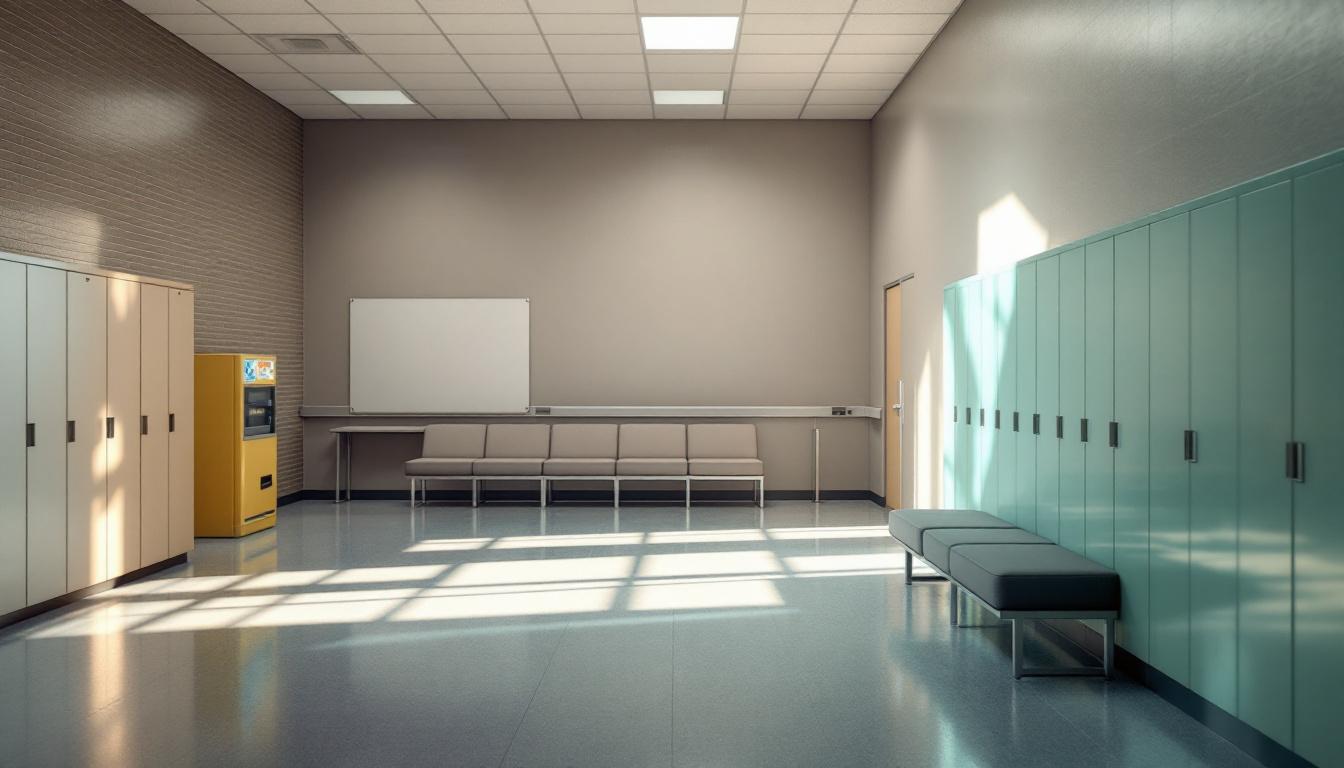
The concrete walls and steel doors of the housing units create an environment where every sound echoes through the corridors, from the early morning announcements to the quiet conversations between cellmates during evening hours. At present, inmates actively navigate a highly structured daily routine that begins before dawn with security counts and extends through scheduled programming until lights-out, with each portion of the day carefully regulated by facility staff who maintain order through consistent procedures and clear expectations.
Living accommodations typically consist of shared cells or dormitory-style housing units, where inmates generally sleep on metal bunks with thin mattresses and store their limited personal belongings in small lockers or designated areas. The dining arrangements usually involve scheduled meal times in common areas, where inmates receive standardized portions that may vary based on dietary restrictions or medical needs, though many supplement these meals with items purchased from the commissary when funds are available through family support or facility work assignments.
Also available to inmates are various recreational opportunities that provide structure and physical outlet, including access to exercise areas, television viewing in common spaces, and educational programming that may include literacy classes or vocational training sessions. However, visitation policies typically restrict family contact to specific days and times, with communication options often including monitored phone calls and written correspondence, while work assignments within the facility generally involve maintenance duties, kitchen services, or administrative tasks that help inmates earn small wages and maintain productive daily routines during their stay.
Ready to Connect?
Start communicating with your loved one today
Search for an Inmate

